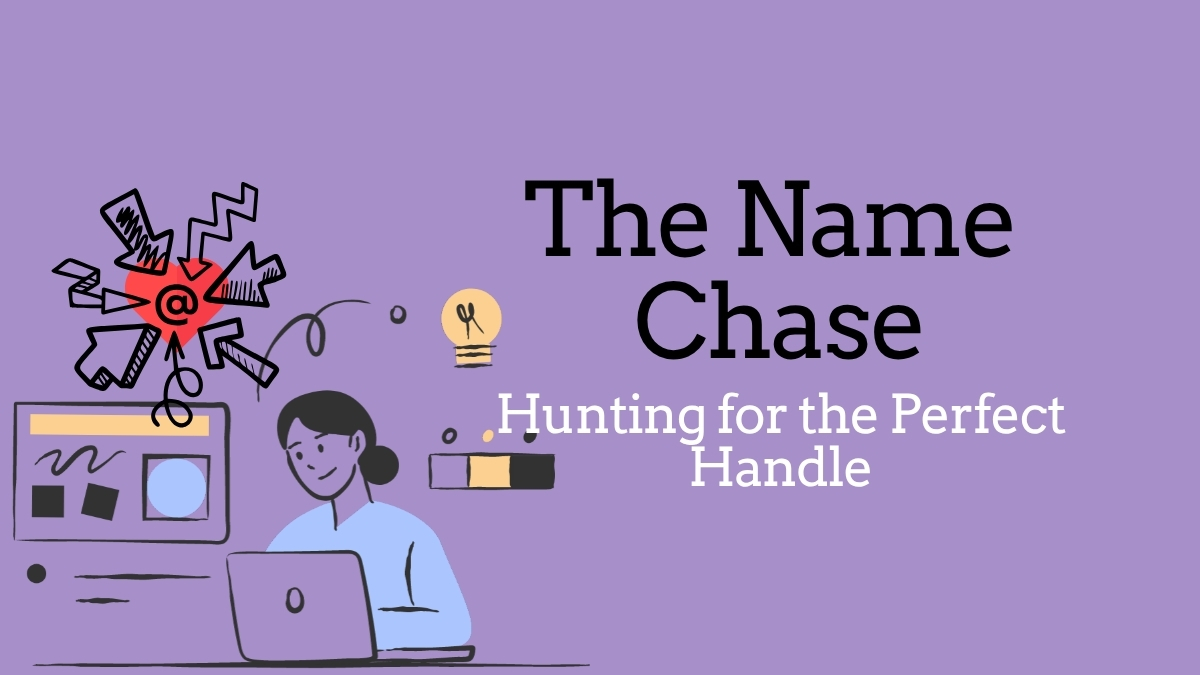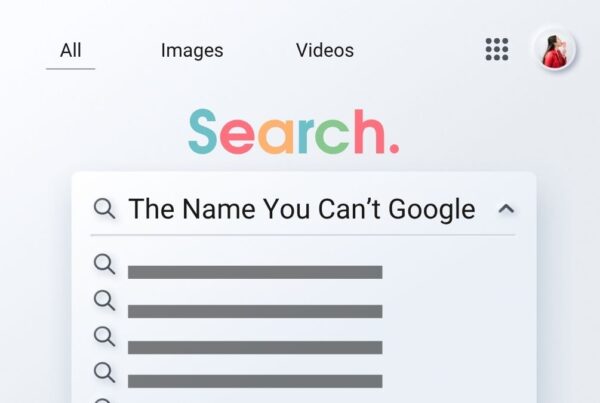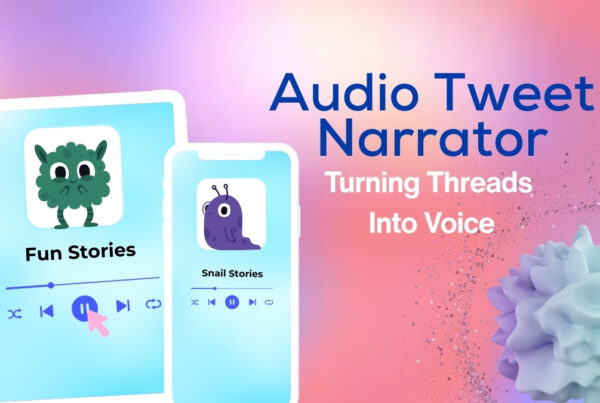Hunting for the Perfect Handle
Why a Good Name Still Matters
Names are more than just labels. It’s frequently the first thing people notice, the first thing they remember, or the first thing they forget. The name you choose matters whether you’re starting a side business, podcast, newsletter, or startup. It establishes the mood. Perception is shaped by it. It has the power to draw in the appropriate people or drive them away.
However, it is no longer simple to choose a name that is memorable, meaningful, and available. Domains are already taken. Social media accounts are parked. The same old concepts are spat out by AI systems. These days, naming is less of a brainstorm and more of a hunt.
The Shift in How We Name Things
At one point, name was more about what sounded good. The focus now is on what is accessible. Usernames, trademarks, and domains have all increased the stakes. The situation becomes considerably more complex when you include in international rivalry, SEO issues, and the growth of AI-generated content.
As a result, naming has turned into a game. Even a race. A slight but significant edge goes to the first person to seize a tidy handle or a catchy dot-com. Furthermore, there has never been more pressure to be unique without coming across as strange.
What Makes a Name Work
There’s no single formula, but great names often share a few traits:
- Clarity – It’s easy to understand and pronounce.
- Emotion – It triggers a feeling, even if subtle.
- Relevance – It ties back to what you offer or stand for.
- Brevity – It’s short enough to remember, but not too vague.
- Availability – You can claim it across key platforms.
Some names are literal, others are abstract. Both can work. The key is consistency and resonance.
Tools, Tricks, and Tactics
Start With Real Words
Start with words you currently use, such as slang, industry phrases, insider jokes, or metaphors. It’s usually simpler to trust names that seem familiar.
Try the Oblique Angle
Name what it feels like rather than what you do. “Float” is a project management tool that implies simplicity. “Tiny Giants” is a marketing agency that claims that a tiny team may have a huge influence. Brand narratives can be told with oblique names.
Use AI Tools (With Caution)
Although AI name generators sometimes rehash concepts, they can be useful beginning points. Don’t use them for making final judgments, but for brainstorming.
Word Combinations and Tweaks
Try trimming parts, changing spellings, or combining two words. This is particularly effective when going for modern, tech-friendly names. Just take care not to make it difficult to read or say.
Check Availability Early
Be sure to check trademarks, social media handles, and domain availability before settling on a name. Having a name that is already taken, or one that is quite similar, can cause problems later on.
When to Walk Away From a Name
You may find a name you like, but it would be best to drop it if it’s hard to spell, used on all platforms, or causes confusion. A great name isn’t flawless; it’s available, useful, and consistent with your objectives.
Naming Is a Process, Not a Spark
Some people quickly discover the ideal name. The majority don’t. Going through lists, testing concepts aloud, obtaining input, and verifying availability are all part of naming well. Obtaining a single, flawless response is not the goal. It’s about focusing on something that feels right over time, grows with you, and works.
Common Pitfalls to Avoid
Overcomplication
Although it’s tempting to be creative, a name that requires explanation is frequently one that won’t stick. Unless they are obviously relatable to your audience, stay away from using inside jokes, deep puns, or arcane references.
Trend Chasing
Your brand can be quickly outdated by trendy spellings or naming conventions. Next year, what feels new now might feel stale. Make sure the name has longevity rather than just a passing fad.
Domain Tunnel Vision
While a dot-com is still valuable, it’s no longer everything. If a perfect name is available on key social handles but the dot-com is taken, consider alternatives like .co, .io, or adding a modifier (like “get” or “try”) to the domain.
Ignoring Voice and Tone
Think about how the name will sound when said aloud. Will people spell it right? Will it feel awkward in a sentence? Reading it out loud can surface issues you might not notice on paper.
Skipping Legal Checks
Even if a name feels low-risk, it’s smart to do a basic trademark search. This can help you avoid legal problems down the road—especially if your project gains traction.
Real-World Name Wins (and Fumbles)
Looking at real examples can help clarify what makes a name work—or not.
Hits
- Slack – It’s simple, slightly ironic (who slacks at work?), and instantly recognizable. The name doesn’t scream “business messaging,” but it grew into one.
- Notion – Abstract but elegant. It hints at ideas, organization, and creativity, all of which align with what the app helps users do.
- Substack – A literal mashup that describes its function: subscriptions and stacks of content. It’s not flashy, but it works.
Misses
- Quibi – Short for “quick bites,” but the name didn’t convey video, didn’t feel intuitive, and was hard to anchor in memory.
- Tronc – The short-lived rebrand of Tribune Publishing. Meant to sound modern, it ended up confusing audiences and drawing mockery.
These examples show that a name doesn’t have to be perfect—but it does need to make sense within its context and leave room to grow.
The Emotional Side of Naming
The naming process has a strong emotional component in addition to its strategic components. Particularly whether you are a personal project, independent brand, or solo creator, a name becomes a vital component of who you are. It’s how you relate to your work, not just what you label it.
This explains why naming may be so grating and intimate. It’s more than just picking a label. You’re determining how others will refer to you, look for you, and recall you. Feeling trapped or overanalyzing something is normal and usually indicates that you care.
If in doubt, take a day or two off. When you don’t force it, the right name can occasionally click. Or you’ll find it fits better than you initially believed after utilizing it frequently in your mind.
Naming is more than a technical choice. It is a component of creating something that is uniquely yours.
Creative Exercises to Get Unstuck
If you’re deep into the name chase and hitting a wall, a few simple exercises can help jog your thinking:
The “One Word Dump”
Jot down 50 words that are related to your project, such as audience types, tools, metaphors, emotions, and goals. Just get them on the page without editing or censoring. Next, begin searching for surprising patterns or combinations.
Borrow from Other Fields
Look at naming conventions in music, books, biology, or art. Sometimes the perfect name hides in an unrelated industry. Cross-pollinating ideas can reveal something fresh.
Pretend You’re Naming It for Someone Else
Take yourself out of the picture. If a friend came to you with this project, what would you name it? Creating a little distance often makes your instincts sharper.
Think Like a Domain Squatter
Instead of hunting for the perfect .com, reverse-engineer your search. What great names are available as .io, .xyz, or .co? Start from what’s open, then brainstorm ways to make it fit.
Naming is partly logic and partly intuition. These kinds of exercises can help you shift between the two.
When to Test Your Name in the Wild
It’s time to test when you’ve reduced your alternatives to a small number. Asking pals if they enjoy it isn’t enough; see their reactions. Talk about the name aloud in casual settings. Make use of it in a website mockup or a pretend pitch. Include it in a phony bio on Twitter. Check out the feel, sound, and appearance.
If someone says it incorrectly or queries, “Wait, what does it mean?You have valuable information. It also tells you something if they have a neutral response or forget it right after. The ideal name should land and stick, but it doesn’t have to blow people away.
You can also run lightweight A/B tests through polls, social posts, or small ads. See which name people are more likely to click or comment on. It’s not perfect science, but it adds an extra layer of feedback.
Final Thoughts
The name pursuit is authentic. However, it’s also worthwhile. Everything from how people locate you to how they discuss you to how you are remembered can be improved with the correct handle. Thus, continue hunting. One more idea could lead to the ideal name.
If you’re building in the world of audio content, naming becomes even more critical. Our next article, Audio Blog Converter Business Names, offers creative, clear, and memorable name ideas to help your brand speak — literally and effectively — to the right audience.




